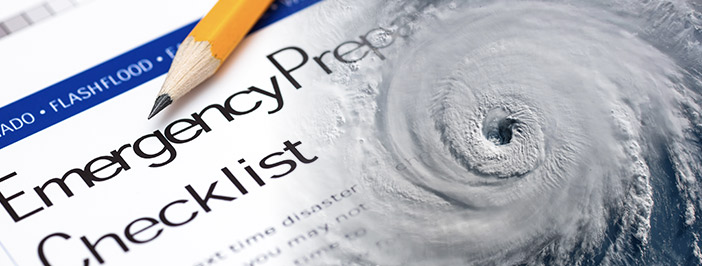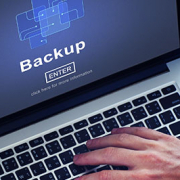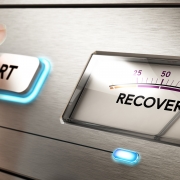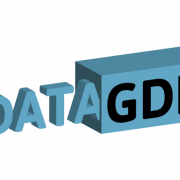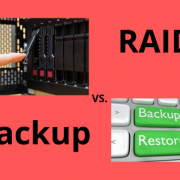Hurricane preparedness checklist for SMBs
While no one can prevent hurricanes or other natural disasters, the good news is that every SMB can prepare to survive if disaster strikes.
According to data collected by the National Hurricane Survival Institute, around 40% of SMBs can’t reopen after hurricane damage. Why? Because SMBs often fail to take disaster planning seriously.
Alarmingly, only 33% of SMBs have business interruption insurance, according to the NAIC. This means that the majority of SMBs simply can’t afford to repair themselves or reopen after a natural calamity.
Don’t let your business fail when a storm rolls in–here’s what you can do to keep your business afloat.
Why disaster planning is so important
Put simply, disaster planning helps mitigate the impact of natural or man-made disasters on your business. By planning ahead, your business can:
- Minimize downtime and stay operational
- Limit its liability for lost data by reducing the likelihood of data wipe-outs
- Confidently handle a disaster if it arises, because staff and management know exactly what to do
Disaster planning helps to prevent you from wasting valuable resources if trouble strikes.
Your SMB hurricane survival checklist
Here are our 5 key strategies for business survival during a hurricane.
1. Perform a risk assessment
Identify your risk as part of your Threat Matrix. This outlines the threats most likely to affect your business and what your priorities should consequently be.
If hurricane planning is a geographical priority, then you must identify your key business operations. These operations are the first to be reinstated after a hurricane whether it’s because of legal compliance or because they allow the business to run.
Make sure you know who can operate these processes and that they understand their responsibilities.
2. Plan, Plan, Plan
Although 49% of SMBs admit that they’d struggle to recover quickly from a disaster, only 1 in 3 SMBs have a written disaster plan.
A Disaster Recovery Plan tells you:
- Your threat levels
- Your evacuation procedures
- The processes which are critical to your business operations, which must be up and running again as soon as possible
- How to communicate with employees, management, and clients when systems fail
- Who to contact for help, such as insurers, IT service providers, and your legal team
3. Protect your business data
If you lose key data, such as customer or vendor information, the consequences can be devastating for your business. Protect your most important data by storing it offsite, preferably in a cloud-based server.
It’s also a good idea to outsource your IT support. This way, you know that client and confidential data is properly secured while you focus on restarting the business.
4. Prepare to work remotely
Remote working is essential if your office space is damaged. Set out:
- Who can work remotely and who must work from another facility
- What jobs can be done remotely
- The equipment remote workers need
- What security measures must be taken
- How to communicate with these workers
For employees who can’t work remotely, make sure you have an alternate facility lined up for them to work from, and follow these same steps.
5. Test the plan yourself
Don’t just assume that your hurricane disaster plan works. Use hurricane drills to test your checklist for weaknesses. Also, go over any problems you identify with your employees. Most importantly, revise the checklist and test it again to make sure the problems are resolved.
If there are fatal flaws in your checklist, it’s better finding it now than when disaster strikes.
Remember, a hurricane disaster plan is only useful if it works. Test your checklist at regular intervals and update it frequently.
Want to know more about how a hurricane or other natural disaster could affect your business and infrastructure? Contact XSolutions for more information.

